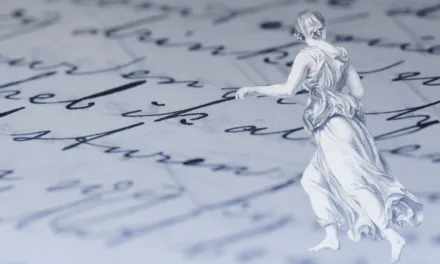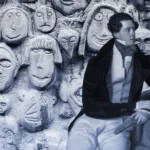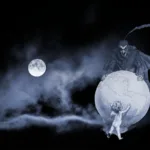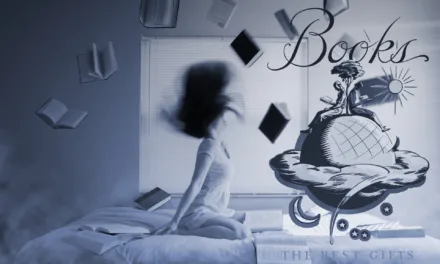
Writing About Love in a Way That Rings True

Writing about love can be tricky.
Love is universal. It’s something almost all of us can identify with, in one way or another, and that’s probably the thing that makes it the hardest to capture. It’s extremely easy to spot love that doesn’t ring true in a story, which is why I’ve spent some time looking at what other writers do when writing about love. The authenticity of love in writing comes not just from grand gestures or dramatic declarations, but from the quiet moments of understanding, the subtle shifts in dynamics, and the gradual building of trust between characters.
Be prepared
What does love look like in your story world?
Every fictional universe has its own rules, social norms, and expectations around love. In some worlds, love might be forbidden between certain groups. In others, it might be celebrated in unique ways. The cultural context of your story world shapes how characters express and experience love. Consider the historical period, social constraints, and cultural traditions that might influence how your characters navigate their relationships.
To get yourself ready to write about how love looks, I recommend watching a few scenes between your favourite characters in love, specifically in a television show or movie. After all, shows and movies do the best “showing” because telling doesn’t make for great viewing. Consider how the characters who are in love act, react, speak to each other, touch, etc. Pay particular attention to the unspoken elements – the lingering glances, the unconscious mirroring of body language, the way characters orient themselves toward each other in group scenes. These subtle details often convey more about a relationship than dialogue ever could.
What kind of love are your characters experiencing? Each type of love carries its own emotional signature. Friendship love often builds slowly through shared experiences and mutual understanding. Passionate love burns hot and fast, sometimes consuming everything in its path. Unrequited love aches with longing and possibility. Consummate love combines intimacy, passion, and commitment in a mature bond that deepens over time. Understanding these distinctions helps you craft relationships that feel genuine and specific to your characters’ circumstances.
There are many kinds of love, from friendship to passion, unrequited to consummate love, and everything in between. Knowing the kind of love you intend for your characters will help you understand how that love will work as part of your plot and play out for them.
How do your characters respond to love?
You should already know a fair bit about your characters, so flesh out their romantic personalities as well. Will your character be the jealous type, the possessive type, or the type who becomes so fully engrossed in their relationship that they forget about everyone and everything else outside of it? Consider their attachment styles, formed by their upbringing and past experiences. A character with abandonment issues might love intensely but fear vulnerability. Someone who never witnessed healthy relationships might struggle to express affection or trust others. These psychological foundations shape how characters give and receive love, how they handle conflict, and what triggers their insecurities. And how does their love interest or partner react to this?

Show, don’t tell
It might be advice that borders on cliché, but it’s still a fundamental truth. You need to show love to your readers, not just tell them about it. The difference between telling and showing lies in the details. Instead of just telling your readers that your characters are in love describe how one of them absently reaches for the other’s hand while reading, or how they knows exactly how the other takes their coffee without asking. These small, intimate moments build a picture of love that readers can feel rather than simply understand.
Telling your audience about a character’s love might be effective in conveying the basic facts, but it won’t really bring them into the story. Instead of telling them how two people feel, show them. Describe the way they look at each other, the way they touch, and the way they talk. Show how they move in sync without realizing it, how they’ve adopted each other’s expressions or mannerisms, how they communicate volumes with just a look. Reveal their love through their actions during both critical moments and ordinary days.Let your readers become immersed in the story and experience the emotions and feelings of the characters on their own.
People can be flawed and imperfect, but still love each other unconditionally. These imperfections often become the very things that make a love story memorable. Perhaps one character snores loudly, but their partner finds it endearing after years together. Maybe another struggles with emotional vulnerability, but their love interest’s patience helps them slowly open up. Showing those flaws and imperfections can be a powerful way to portray the depth of the emotion. Combining expressions of love with your characters’ personalities can be a great way to really draw your readers in, and keep them invested.
Make your characters relatable
Readers can more easily connect with characters if they can relate to them in some way. Show how your characters’ love is like the love everyone experiences in their own lives. This doesn’t mean writing only about common experiences. Even in fantastic or unusual settings, the emotional core of love remains recognizable. The nervousness of a first date, the comfort of a long-term partnership, the heartache of separation; these feelings transcend any setting or circumstance. Showing the ups and downs. The happiness, tension, drama, and passion. A perfect relationship doesn’t exist, so showing every facet of love helps keep things real.
Love stories are about growth and transformation. Each character brings their own baggage, dreams, and fears to the relationship. As they navigate their love story, they must confront these parts of themselves. Sometimes love requires characters to face their deepest insecurities or challenge their long-held beliefs. Other times, it gives them the strength to pursue dreams they thought impossible.
The most interesting love stories show not just how characters fall in love, but how that love changes them.Give your characters an arc so that their love story can show how they grow and change over time. Showing how two people’s love can take them on a journey of self-discovery can be a great way to draw in your readers, and help them relate in a deep and meaningful way.
Examples of love in TV, film, and literature
When it comes to writing about love, you must have an understanding of how love looks. These are some of my favourite love stories or loving relationships from TV, film, and literature from which I’ve drawn inspiration:
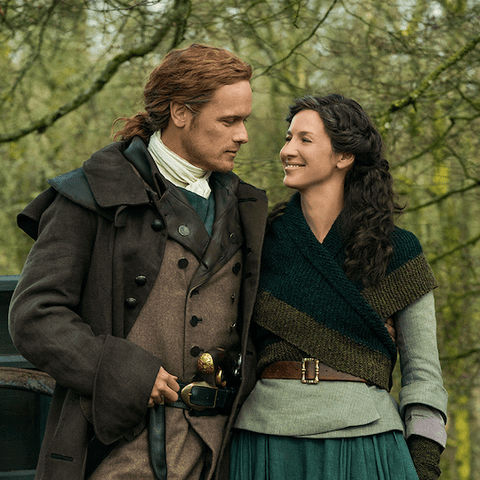
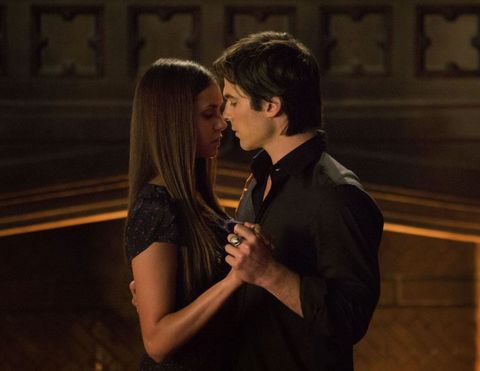
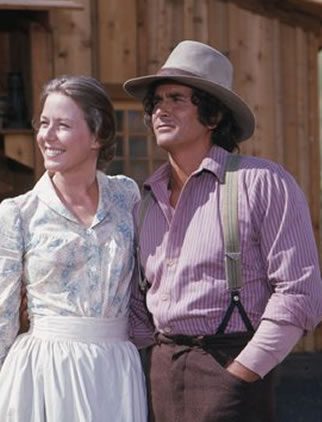
- Damon and Elena – The Vampire Diaries (TV)
- Claire and Jamie – Outlander (book)
- Fergus and Marsali – A Breath of Snow and Ashes (book)
- Roger and Bree – An Echo in the Bone (book)
- Charles and Caroline – Little House on the Prairie (TV)
- Cath and Levi – Fangirl (book)
- Simon and Baz – Carry On (book)
These are just a few of the love stories that have served as inspiration for me. While YA books typically depict new love, I usually enjoy reading about lasting or lifelong love to get a better idea about how love looks in a story. After all, new love is really only a short period of time and anything after that is established love and has different rules. New love sparkles with possibility and intensity, but established love reveals deeper truths about commitment, partnership, and the way love evolves over time. Long-term relationships show us how love survives daily challenges, how it adapts to change, and how it deepens through shared experiences. These relationships often provide richer material for exploring the complexities of love.
Here for the Sex
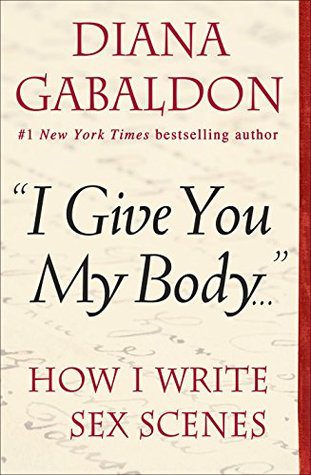
Writing about physical intimacy requires the same attention to emotional truth as writing about love itself. The best intimate scenes reveal character, advance the plot, and deepen our understanding of the relationship. They show vulnerability, trust, and the complex interplay between physical and emotional connection. Whether you’re writing sweet romance or explicit scenes, the key is maintaining authenticity and emotional resonance.
For those of you who opened this article hoping to learn more about how to write sex, which is different from writing about love but definitely included, I highly recommend I Give You My Body: How I Write Sex Scenes by Diana Gabaldon.
Diana Gabaldon is the author of the Outlander series and an absolute master of capturing the nuances and realities of lifelong love. Spoiler alert; it’s not all rainbows and unicorns, but there’s plenty of love and passion.
Need more inspiration?
Music has a unique ability to capture the emotional essence of love in ways that can inspire our writing. Each song tells its own love story, offering different perspectives on romance, heartbreak, longing, and joy. Listen not just to the lyrics, but to the mood and atmosphere each song creates. These elements can help inform how you craft the emotional landscape of your own love stories.
Check out our Spotify account for playlists to inspire your next writing project.


